In the early hours of the morning on 12th February 1937 a fleet of trucks pulled up outside a farm house in the Jarama valley some 30 km south east of Madrid.
About 500 British lads jumped out pulling their ruck sacks after them and headed into the courtyard of the house where they were given hot black coffee and chunks of bread. One of them later recalled they looked to all the world like a group about to go on a Sunday outing.
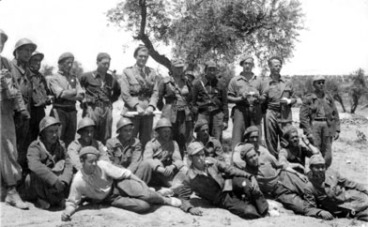
Archive photo: D. Mathieson / Frontline Madrid
But this was to be no picnic. In less than 72 hours more than half the group would be dead or badly wounded. For the rest, none of their lives would ever be the same again. The group was soon embroiled in one of the bloodiest battles of the Spanish civil war.
Alongside local Spaniards and thousands of volunteers from other countries, the British were about to be thrown into a conflict which tore Spain apart between 1936-39 and paved the way for the greater clash to come – World War II.
The battle of Jarama was one of the most important actions in the entire Spanish civil war. The previous summer, in July 1936, four Generals of the Spanish army had declared a military uprising – or golpe de estado.
The rebels, known as Nationalists, expected to topple the Republican government based in the Madrid with ease and so take control of the entire country. Their success, however, was patchy. Many parts of the Spain remained loyal to the Republic including, crucially, Madrid.
A planned take-over the capital by soldiers from the Montaña barracks (which stood on the site of what is now Templo Debod) simply never took off and Madrid remained firmly in Republican hands.
Undeterred, nationalist forces led by General Franco fought their way to Madrid and laid siege to the city throughout the late autumn of 1936. Bitter nationalist assaults on the western side of the Madrid – along the Parque Oeste and campus of the Complutense university – failed to break Republican defences, however and Madrid defied the nationalist attacks under the slogan ‘No Pasarán’.
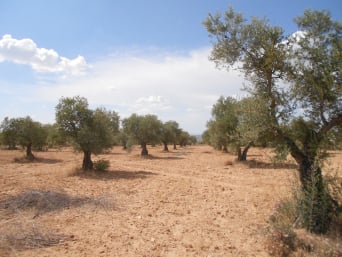
The Jarama valley: How it looks now. Photo: D. Mathieson
The highway was the capital's umbilical cord – vital supplies of food, fuel and munitions passed along the road from the Mediterranean sea-port to the besieged capital. A key element in the nationalist plan was to spearhead an attack through the valley of the river Jarama less than an hour’s drive from the centre of Madrid.
What happened next has entered into the legend of the Spanish civil war and the history of conflict. The nationalist offensive was halted only in the nick of time and at enormous cost.
Ranged against Franco’s crack troops was the rump of the Republican army and a few thousand untrained volunteers who had arrived from dozens of different countries to fight for the Spanish Republic.
Known as the International Brigades and armed with more commitment than experience, they suddenly found themselves were in the vanguard of the forces which struggled to stem the nationalist advance. Undrilled and overwhelmed they suffered very heavy losses but their line proved tough enough to hold Franco’s forces until reinforcements arrived.
Today, the Jarama valley is well worth a visit. The small town used by the Republican commanders as their base, is called Morata de Tajuna and there is a fascinating local museum with artefacts collected over the years from the battlefield in the restaurant Meson el Cid.
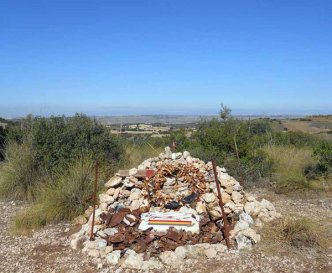
The memorial in the Jarama Valley: D. Mathieson / Frontline Madrid
Entry is free and the Meson also does cheap, tasty menu del dia lunches. Perhaps the best way to find out more about the battle, however, is to take a walk.
Even today debris from 80 years ago can be found in the surrounding fields and the scars of the war are visible on the hillsides.
In the quiet olive groves beside the farm tracks some of the volunteers still lie in graves unmarked, where they fell. It is here that the indomitable spirit of the International Brigadiers can be captured on the breeze from the valley and in the song that immortalised their fight
“There’s a valley in Spain called Jarama
It’s a valley we all know so well
It’s the place where we fought against the Fascists
And saw that peaceful valley turned to hell”
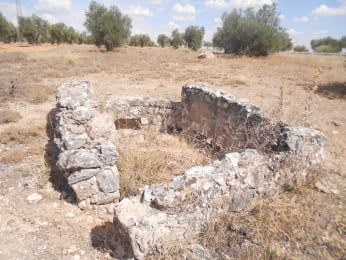 The remains of a bunker in the olive groves of Jarama. Photo: D. Mathieson / Frontline Madrid
The remains of a bunker in the olive groves of Jarama. Photo: D. Mathieson / Frontline Madrid
Dr David Mathieson is author of Frontline Madrid a guidebook to battlefield sites of the Spanish civil war. David organizes tours to the Jarama valley and other battlefield sites with full details on www.spanishsites.org
READ ALSO:

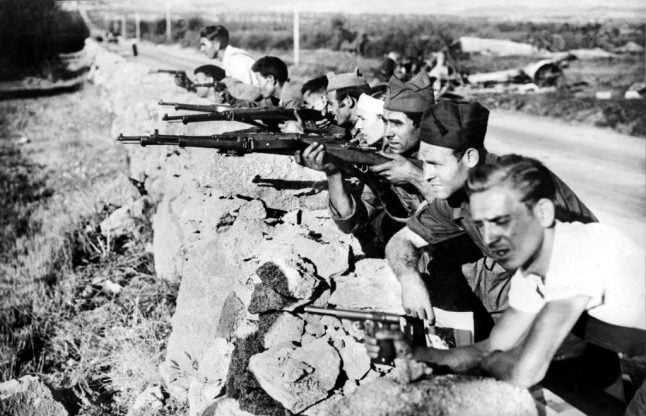
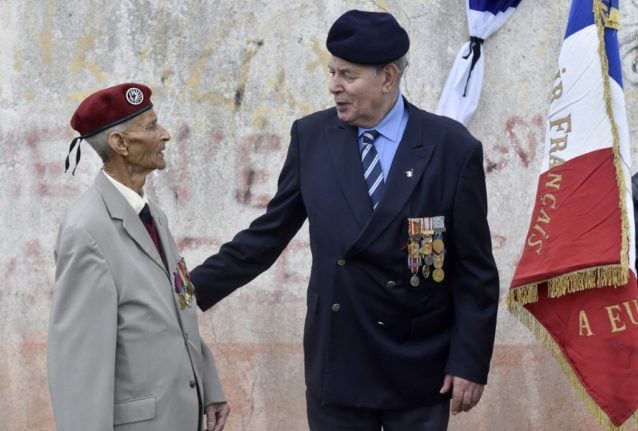
 Please whitelist us to continue reading.
Please whitelist us to continue reading.
Member comments